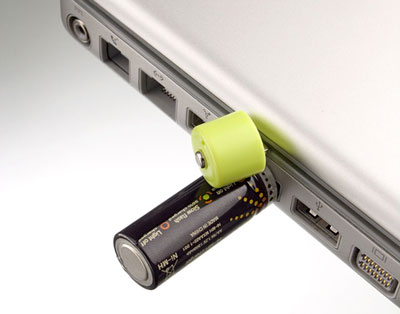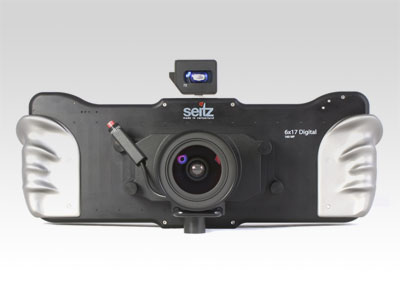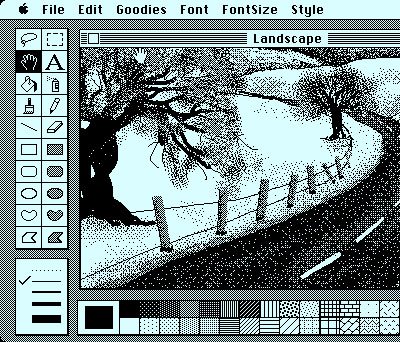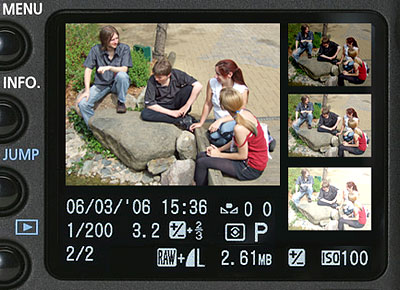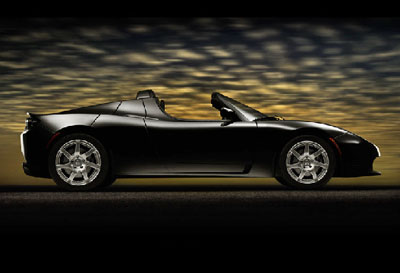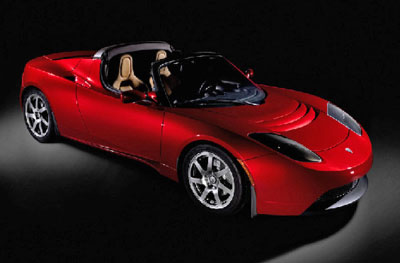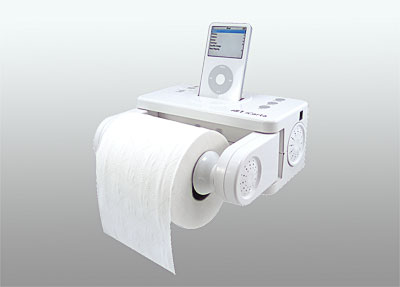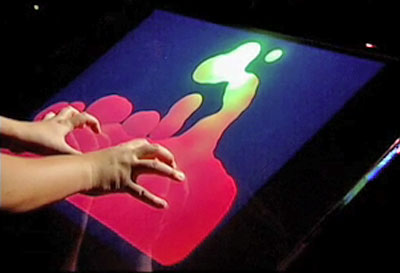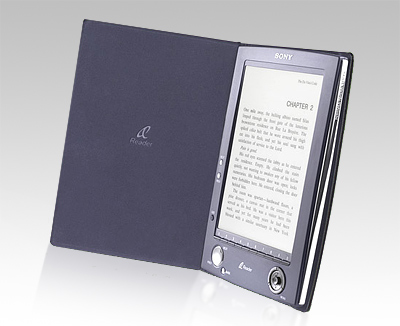 Wired
Wired have a very good article on Sony's recently released
e-book. [edited]
At 7 inches by 5 inches and with a 6-inch diagonal screen, the Sony Reader approximates paperback size, though at only 0.5 inches high it's skinnier than most. Visually, the reading experience is uncannily like that of its paper counterpart: The Reader's 800-by-600 resolution is typographically crisp at any normal (and even abnormal) reading angle, and eminently readable in the sharpest sunlight.
This revelation is due to E Ink technology: Positively or negatively charged microcapsules display black or white on the screen, which holds that charge - and the screen's image - until another page's charge replaces it. The upshot of that is that you experience a static, non-flickering screen - albeit a grayscale one - with the added benefit of very low power consumption.
A soft press of your thumb jumps you to the next page, albeit with a slightly discomfiting blackout of the entire screen while its microcapsules are at work. This electronic recasting makes you realize, however briefly, that you're holding an electronic book. But spending an hour or more with the Reader trained my brain to ignore the page twitch.
The Reader's onboard flash memory will hold approximately 80 books; if you tried to tote Austen's mere six novels about, you might look as comically clumsy as one of her countryside characters.
I sprinted through Austen's breezy excerpt, and moved on to some of the other book samples. I read 50 pages of Vanguard, a Star Trek novel, in my backyard in bright sunlight, finding no technological barrier to my enjoyment of Capt. Kirk's blusterings. I checked out The Da Vinci Code in the low light of my garage and, once I had adjusted the text size to 200 percent magnification, had no trouble swallowing Dan Brown's febrile prose. I skimmed through a few business titles - Freakonomics, Jack Welch's Winning - lying down in bed, and found page-flipping no more (or less) sleep-inducing with the Reader than with any paper business book.
Even some "manga lite," Peach Fuzz, was fun to read on the device. Though the Reader displays only four levels of gray, graphic novels and other graphically complex images appear crisply on screen, though there is a slightly longer delay for the device to paint the display.
I put a 512-MB SD card in the Reader's media slot, and it was fairly prompt in displaying a list (with thumbnails) of the 40-plus pictures on the card, and in then displaying the selected 2- to 3-MB images in sharp grayscale clarity. The Reader's interface, with its five-way main control (a four-way Menu ring and an Enter button), 10 buttons for accessing list selections, and two sets of page-turning buttons, works adequately with the device's software for basic file navigation and selection. With a button press, you can easily rotate the screen horizontally for a different point of view.
The Reader also plays MP3 files. They can be listened to through a headset (not provided with the device). I listened to a couple of sample MP3s through my Logitech headset, and the sound was clean, and cleaner yet when I hooked it up to an inexpensive, three-way Altec Lansing computer-speaker system. Though it might be an example of "feature creep" in a product Sony has positioned to be a consumer reading device, it was nice to be able to listen to some soft background music while reading a book, though the bare-bones audio interface is no iTunes.
Since Sony wants you to use its Connect software to go to the company's online store to buy from among its (at press time) 10,000 proprietary-format book titles, it almost seems a given that you'd use Sony's software of the same name to buy from its Connect music store. Not so - the Reader's Connect software, for now at least, is a different client than the music store's, and thus not interoperable. You could also entertain the notion of listening to an audio book while reading another, just to make your brain flip somersaults.
So what's not to like? Well, this isn't a book you'll blithely toss on the couch or the floor at chapter's end. At $350, it's not cheap, particularly when some used tablet PCs or discount laptops - which provide much more functionality than the Reader - could come in around that figure. It also has no color, which the manga and the digital photos seem to cry out for. There's no way to input or search data, so it's not going to have any multifunction uses like some PDAs. (There is bookmarking and a History utility to cover some of those functions.) There's no wireless access, so it must be tethered to a computer for file management. There's no backlighting, so real in-the-dark reading isn't possible. No display of video. No touch screen. And I miss the sound of a page turning.
I gave three of my colleagues a sort of Malcolm Gladwell Blink test by handing them the Reader and asking for their instant impression. Two out of three ooohed and aahhhed, and the other was immediately turned off, saying, "I'd never want to read a book on one of those things." My own feelings are an amalgam of theirs: Having used the device for many hours, I found it to be a comfortable, pleasing way to read, after initial hesitance. And it's a sharp-looking, techno-wow device with a durable feel. Its size, its screen, its general "thingness" were all appealing. But I love the feel, heft and smell of books, the tangible touch of the page, seeing their spines on the shelves.
The Reader's sleek form factor and outstanding screen give the book a run for its money. But money is a tangible factor here: I would buy a Reader, and use it with pleasure, but only if I was feeling particularly flush, if a bonus fell into my lap. I have to return this one, and I'll miss it, but I'll go back to a damn-good established interface - a traditional book - and not really feel that I've lost anything. That said, I'm easily convinced the Reader could provide a modern complement to the pleasures of paper-based reading.
------------








